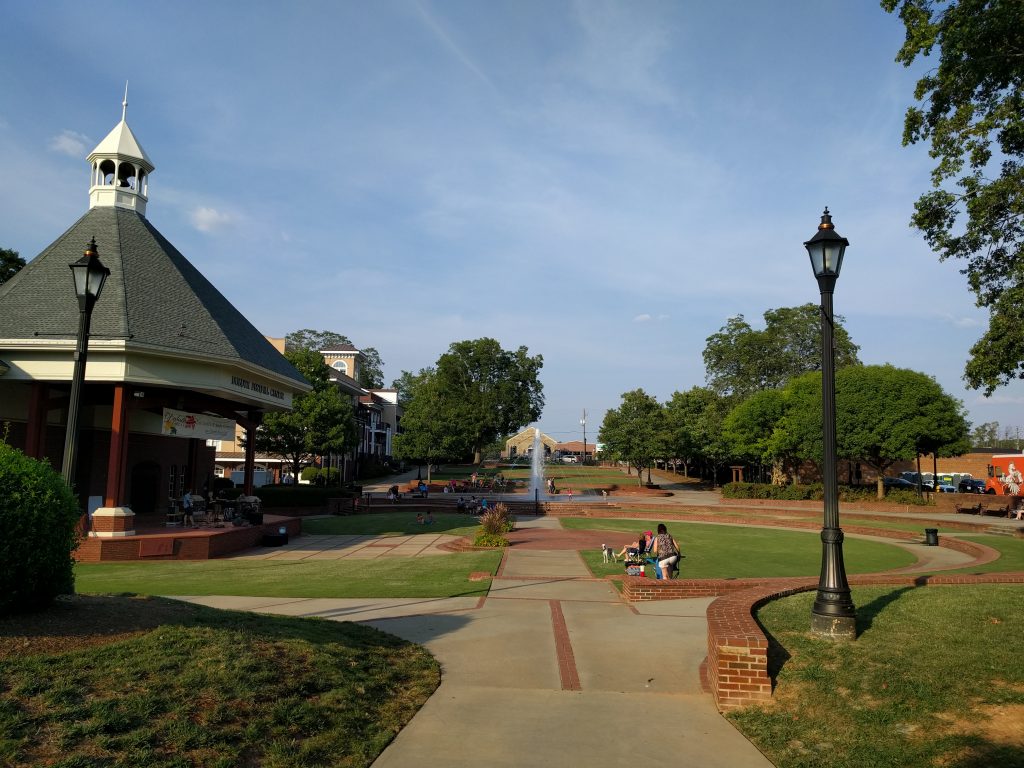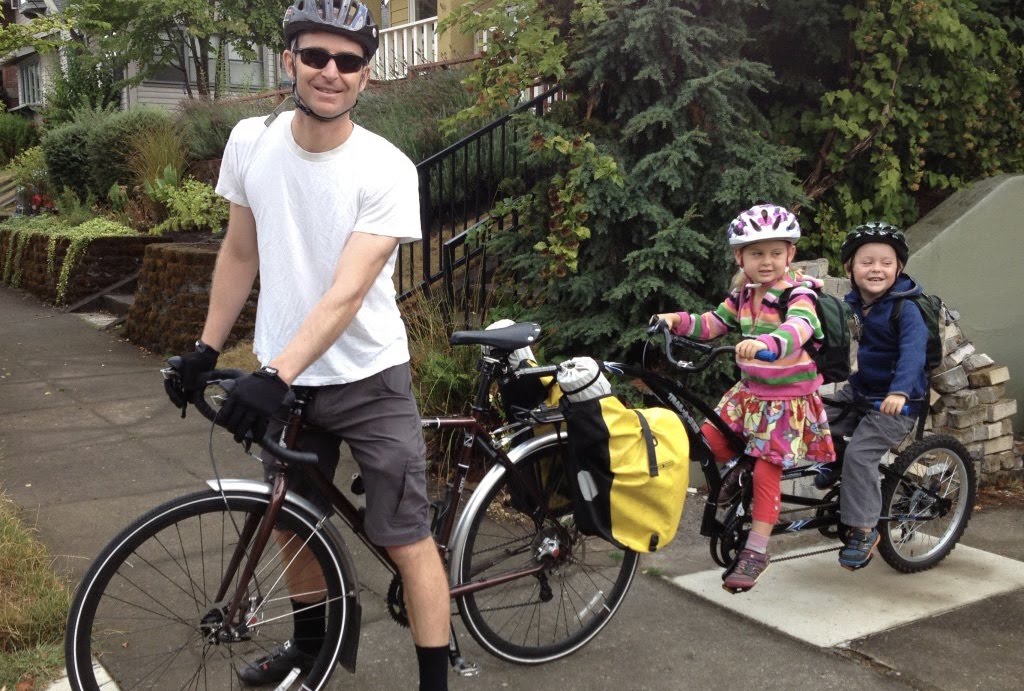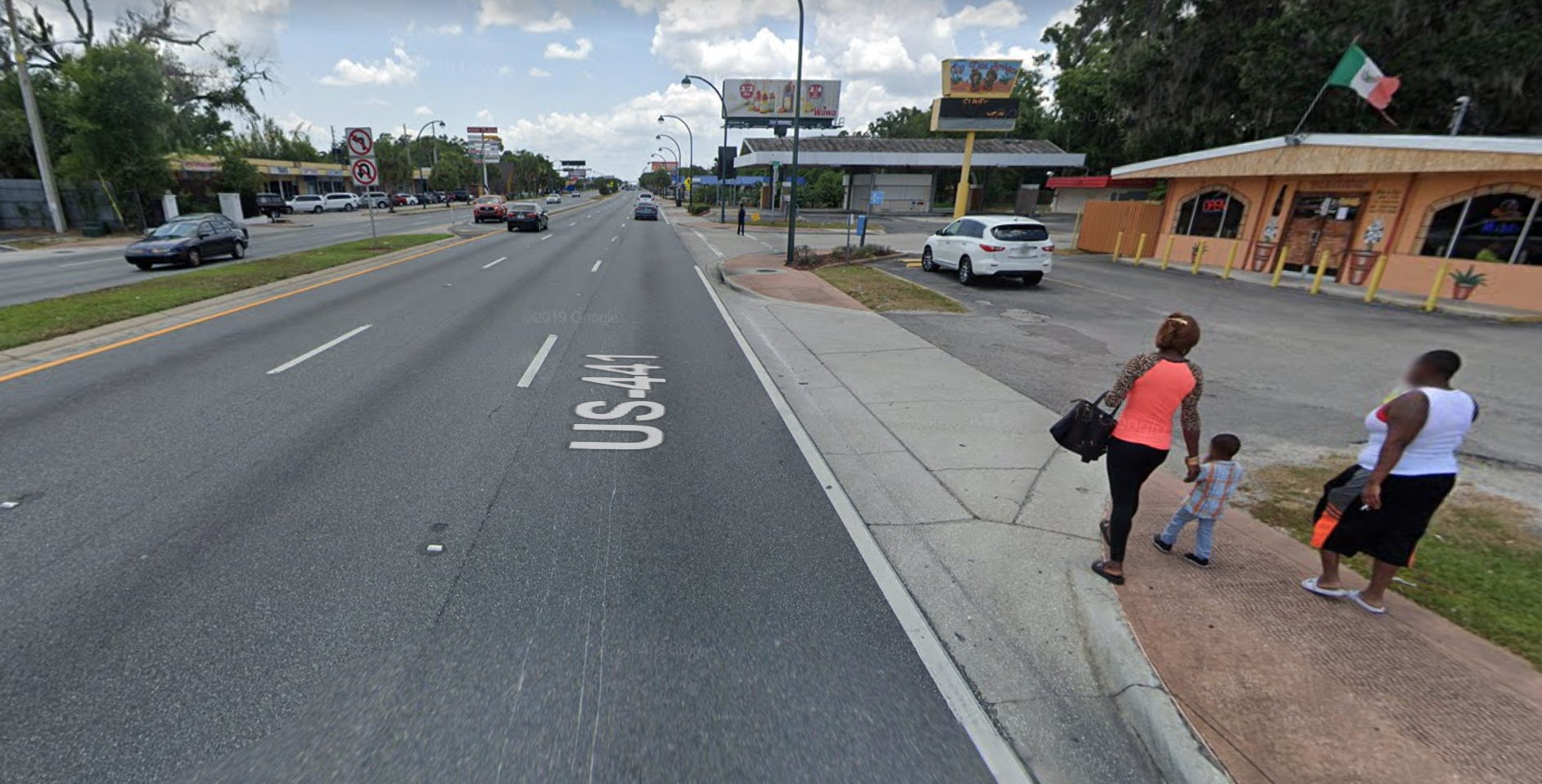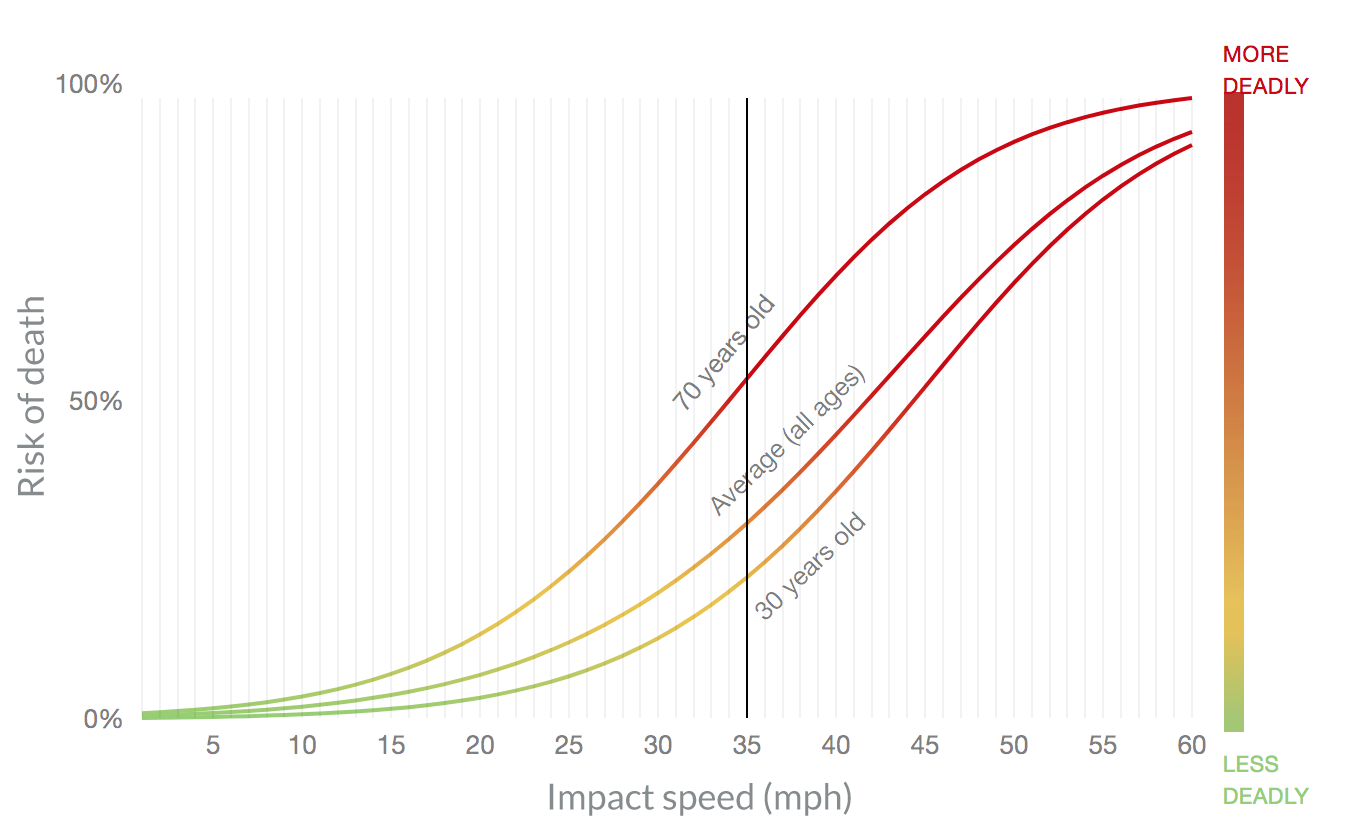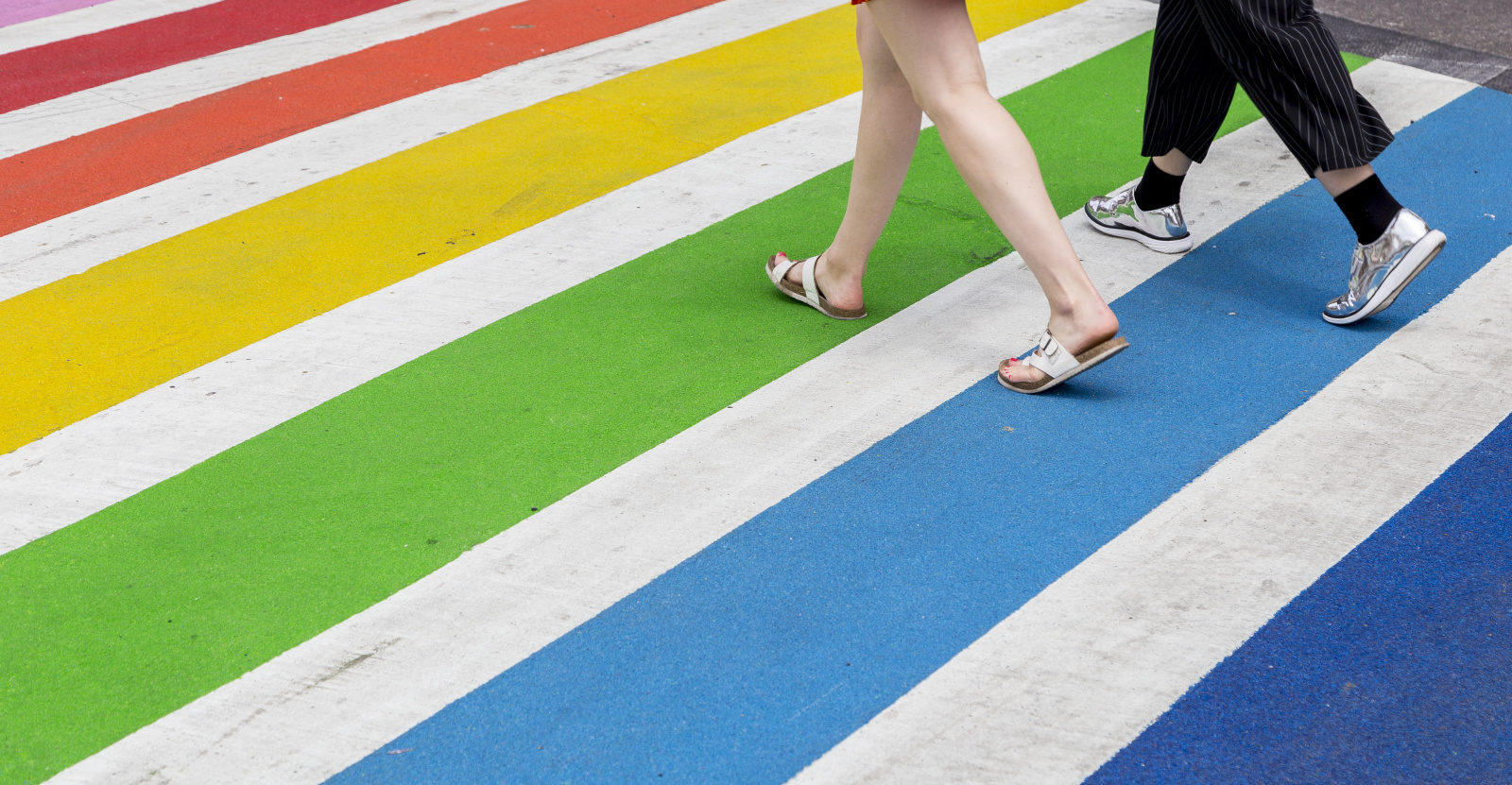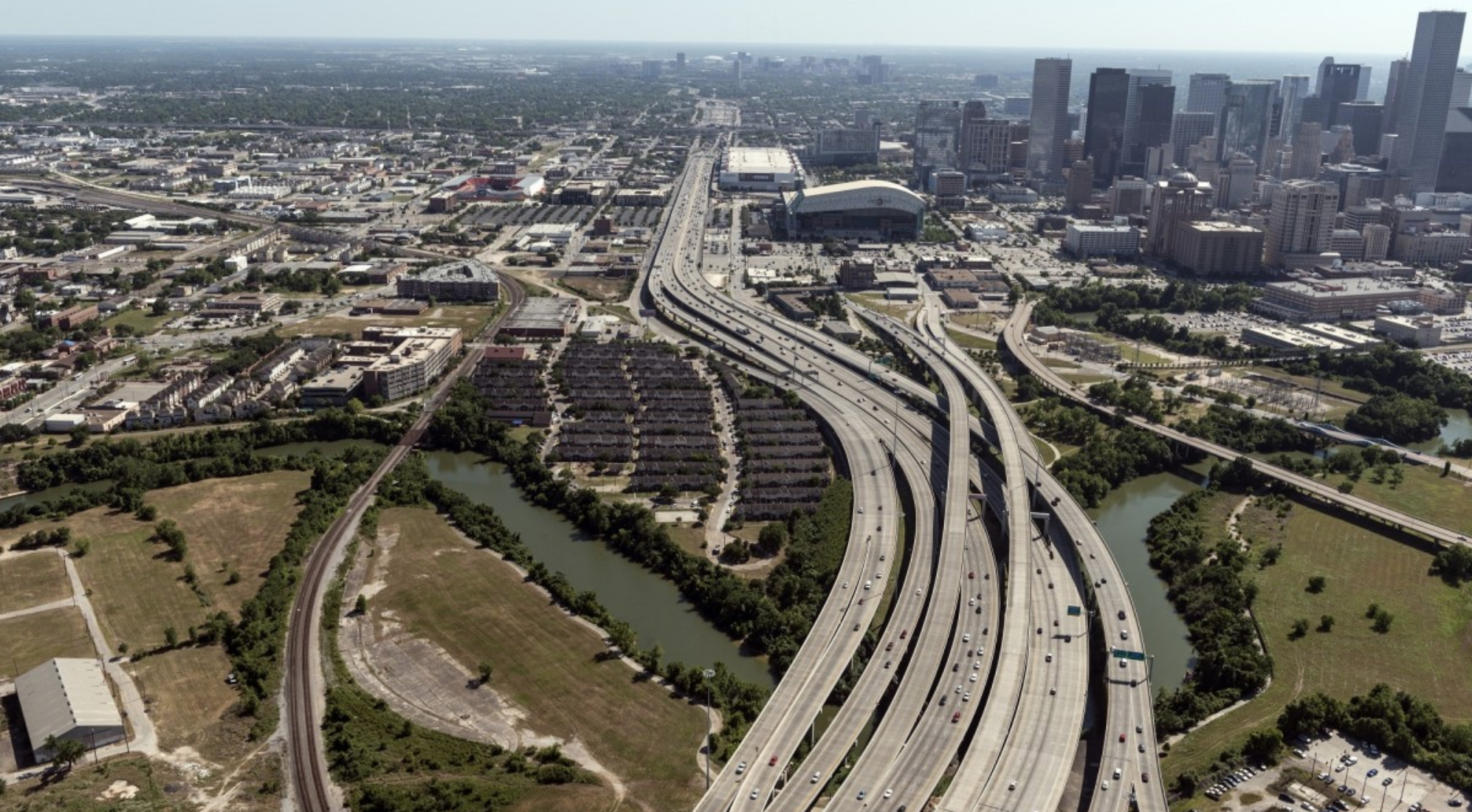Transportation, an effective tool to create healthy and equitable communities
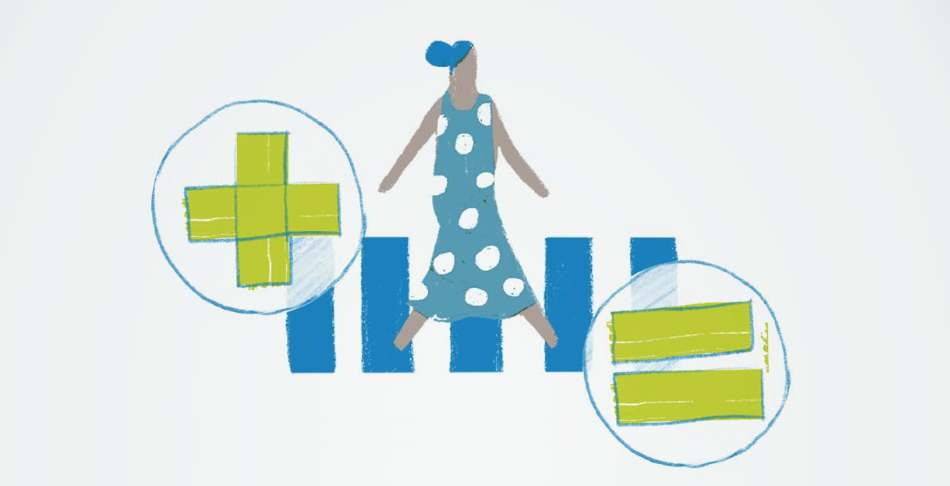
The State of Transportation and Health Equity, a field scan from Smart Growth America looks at the intersection of transportation and health equity in the U.S. today. Informed by 92 experts working across disciplines at the local, state, and federal level across the country, the report identifies the biggest challenges to health equity facing our transportation system and the strategies we should use to address them.
